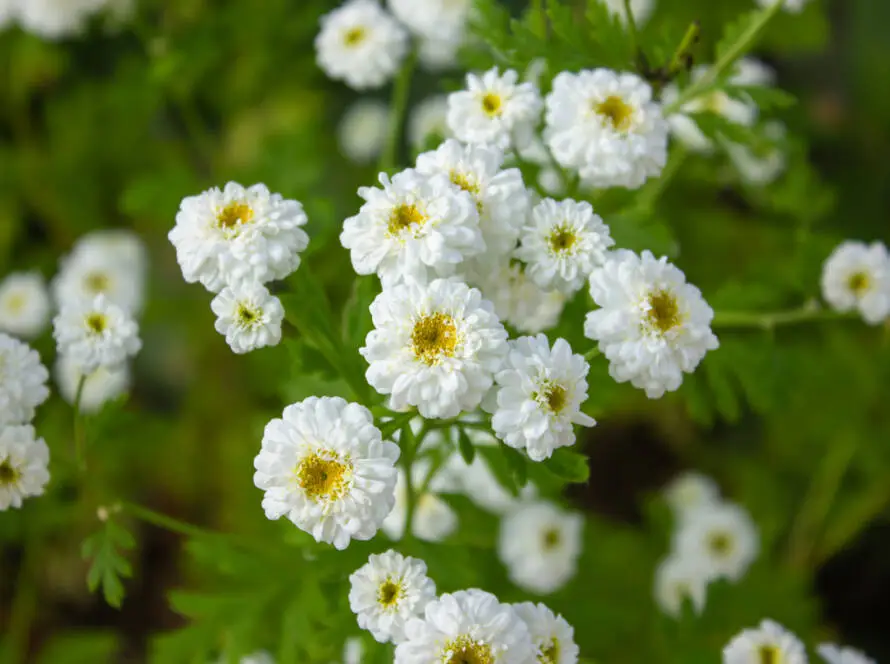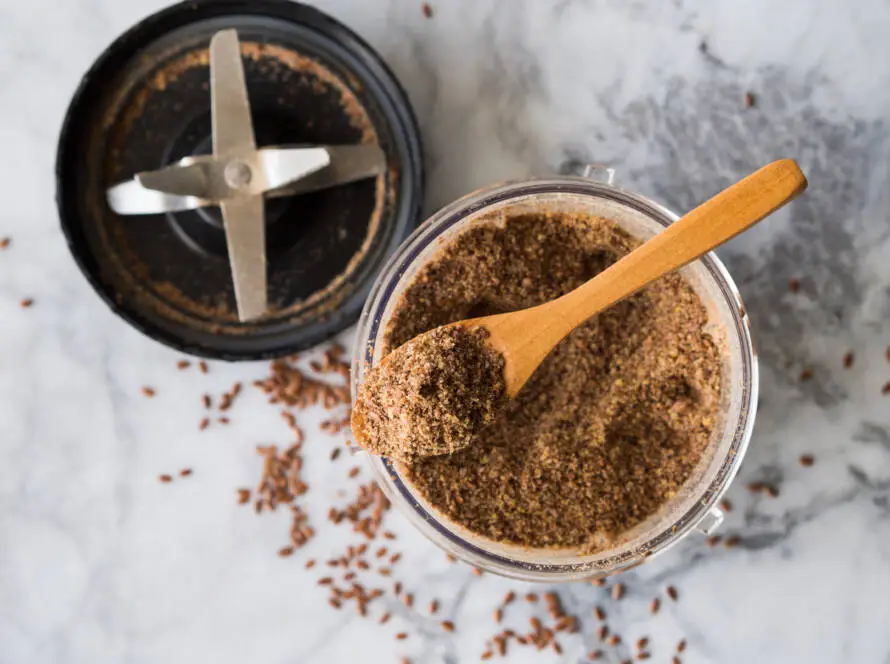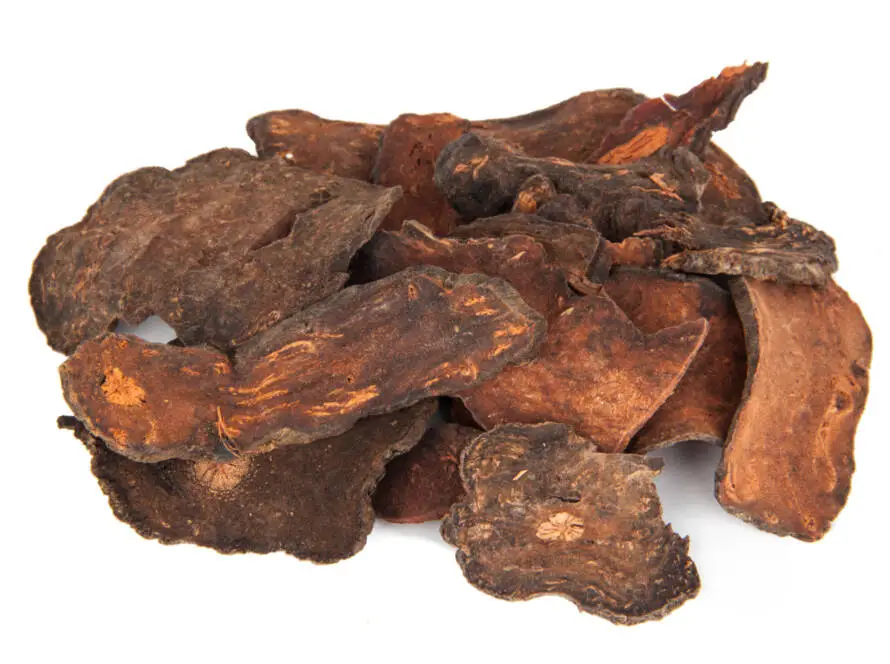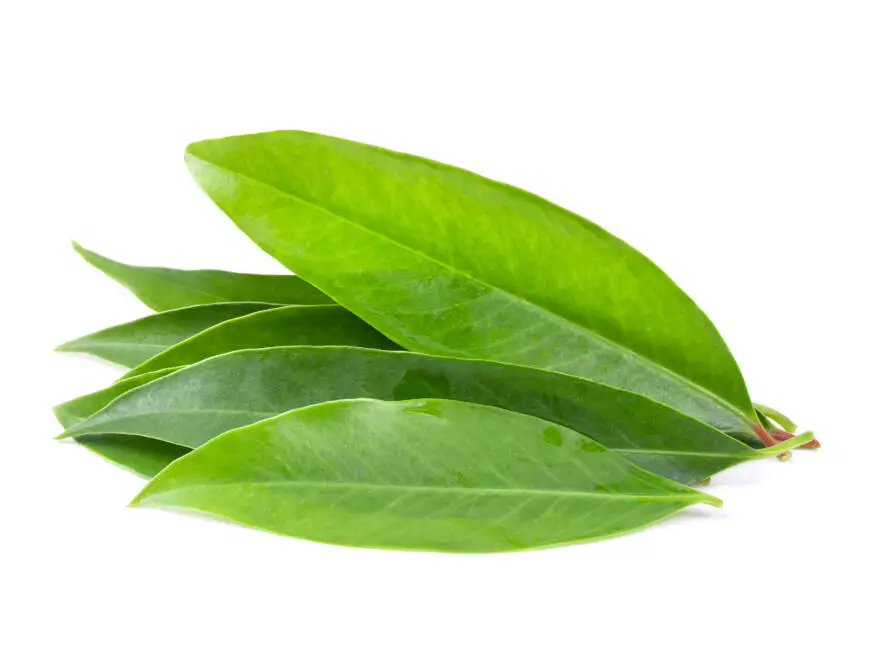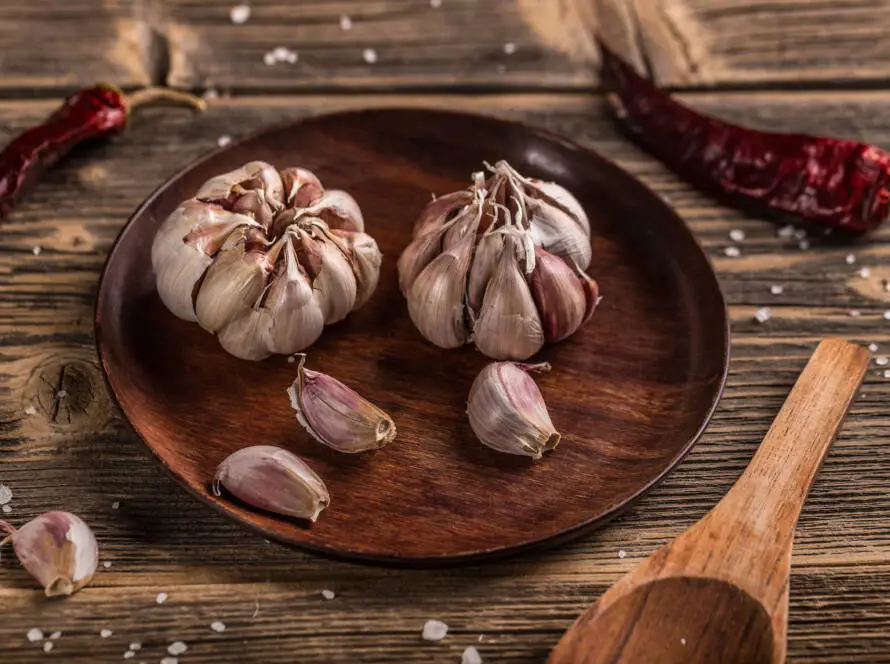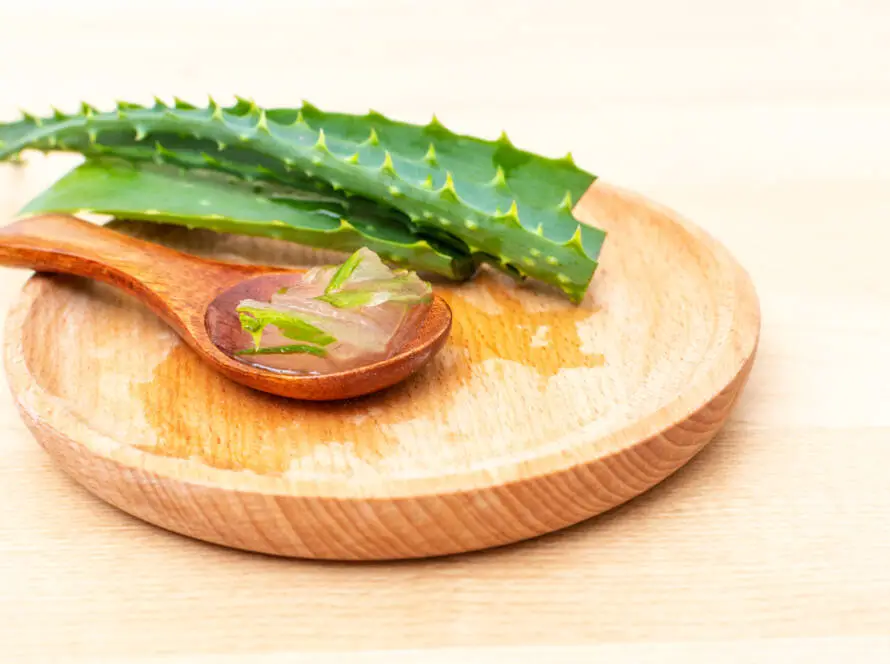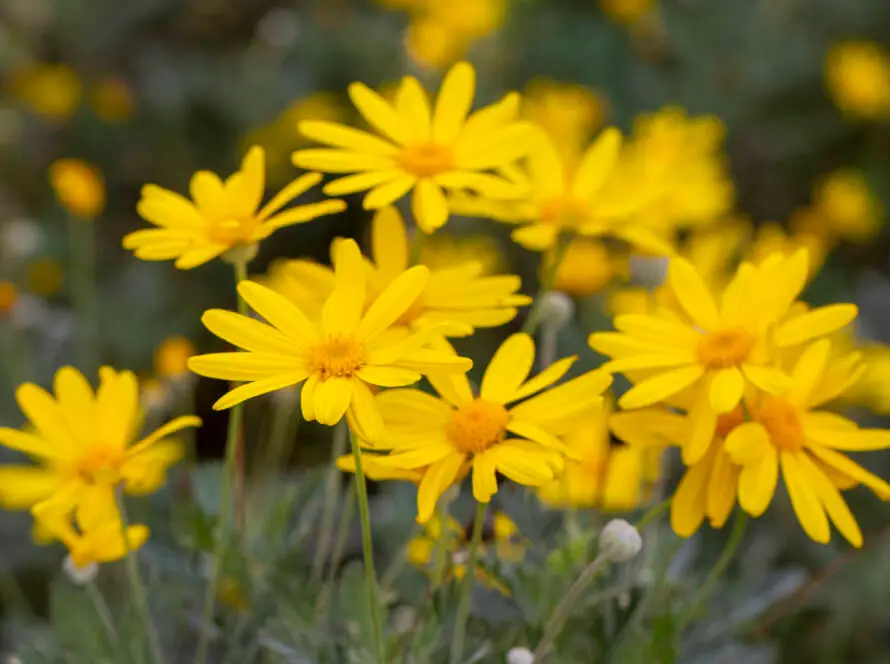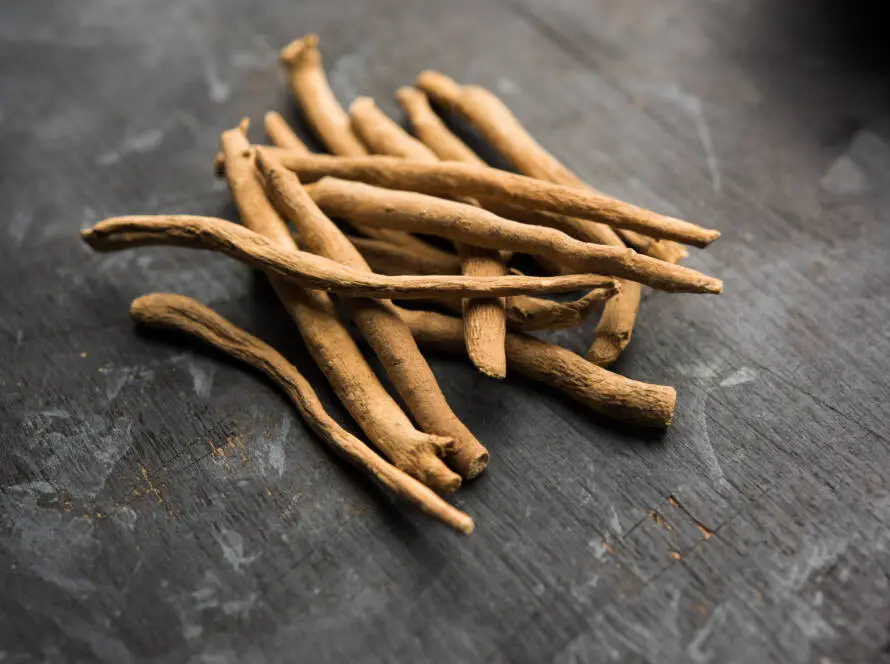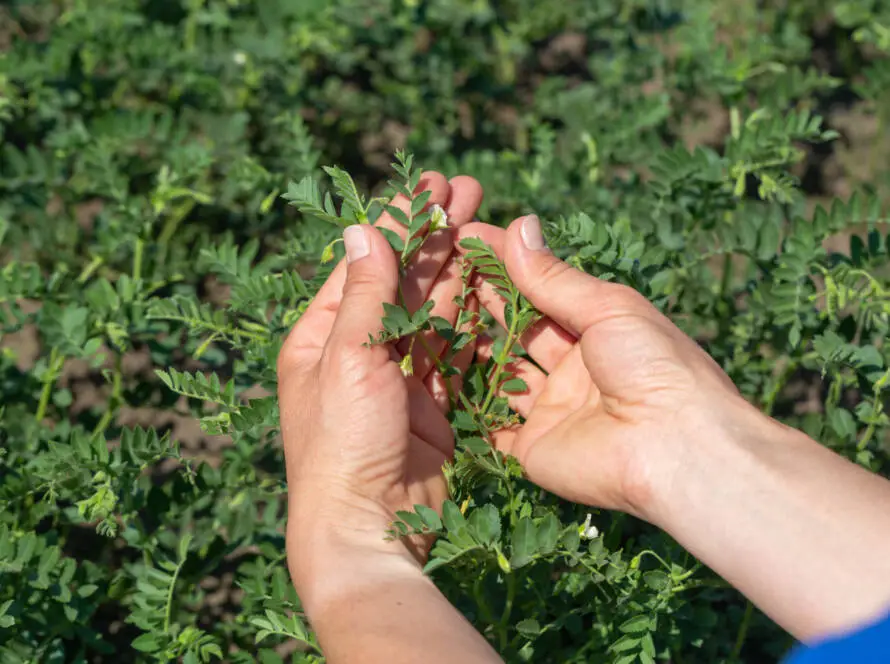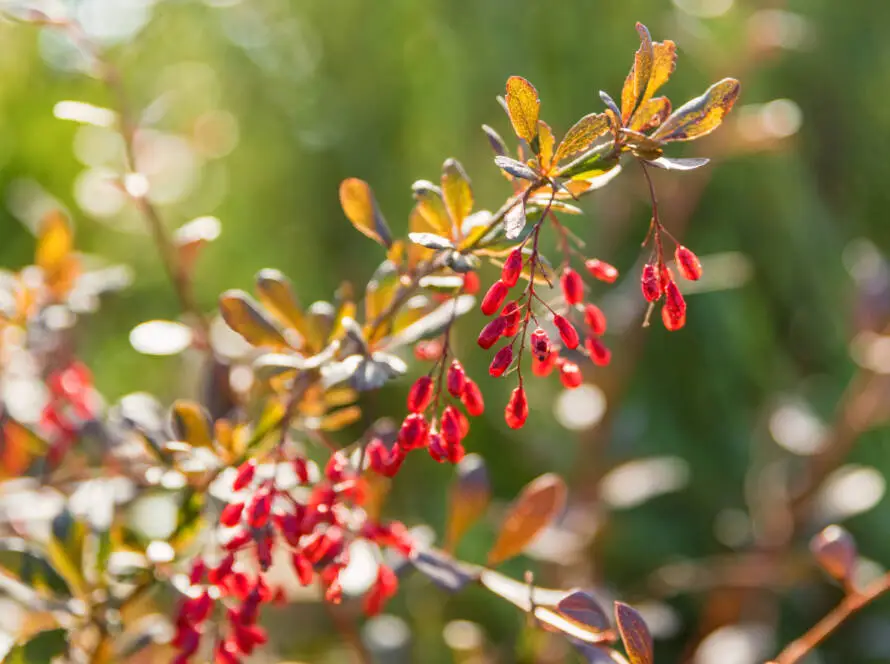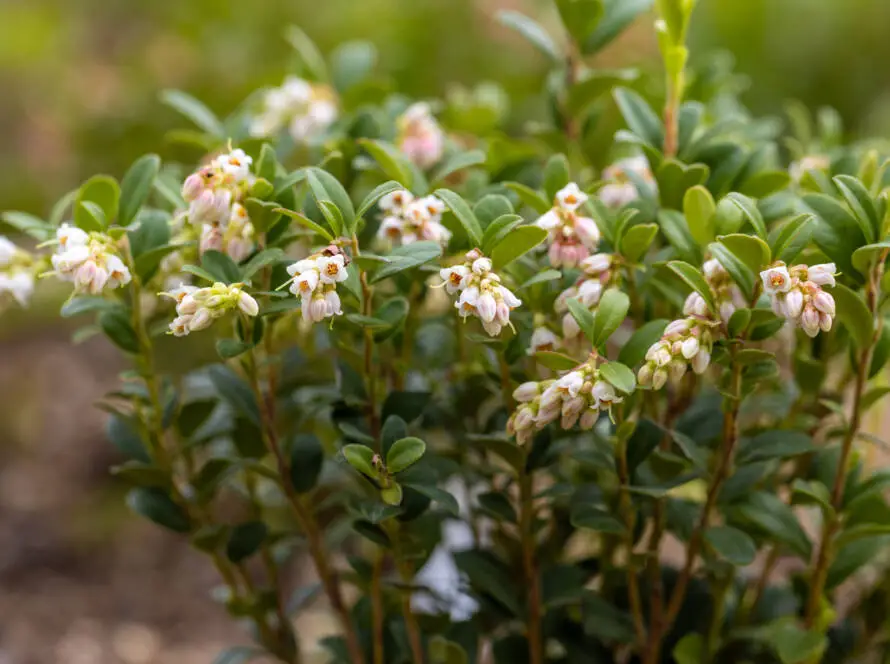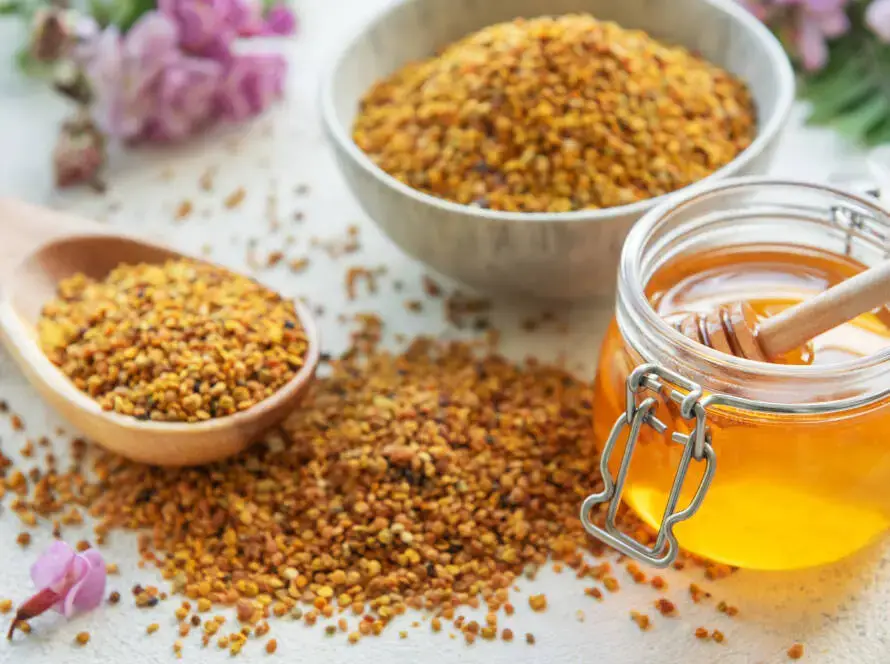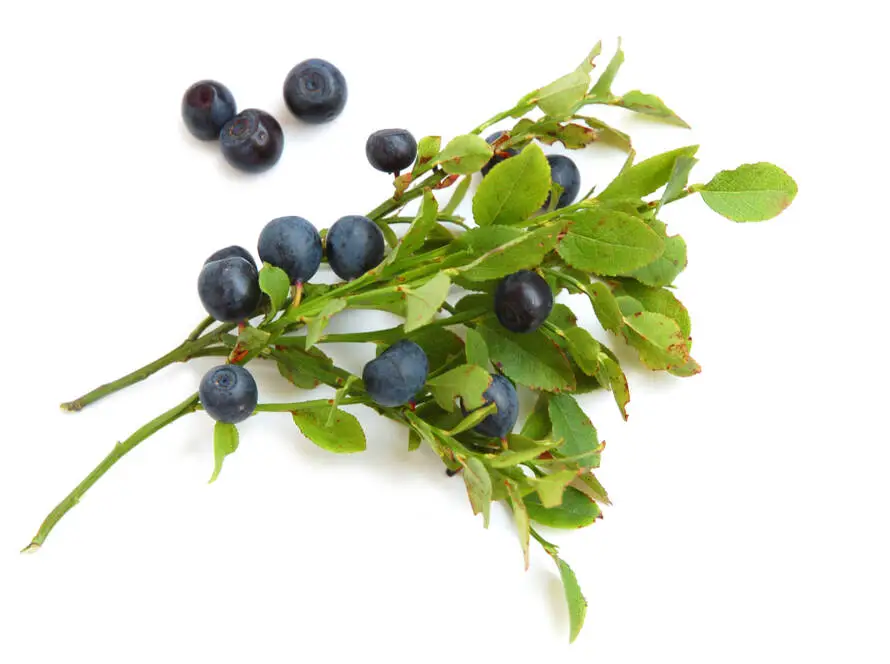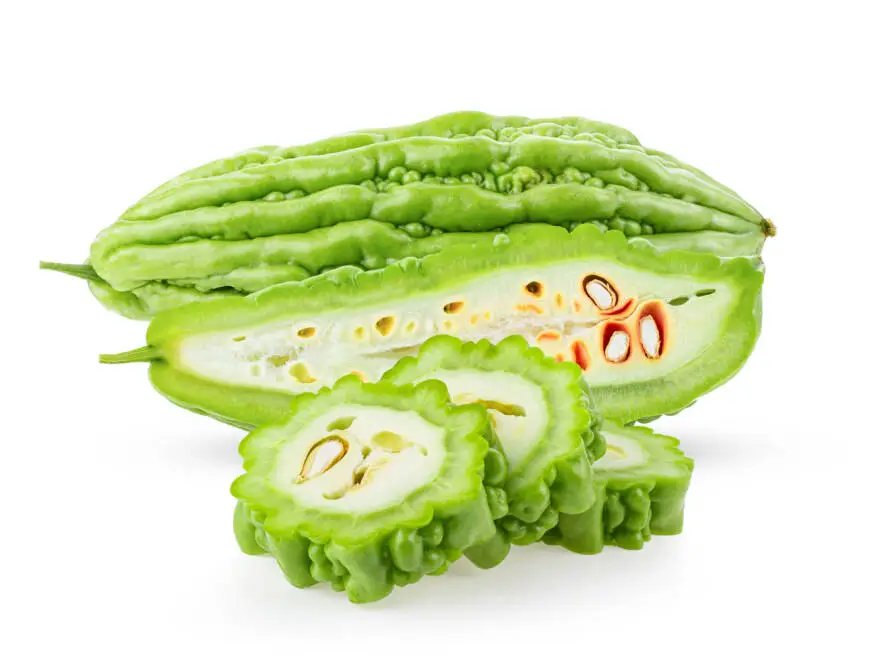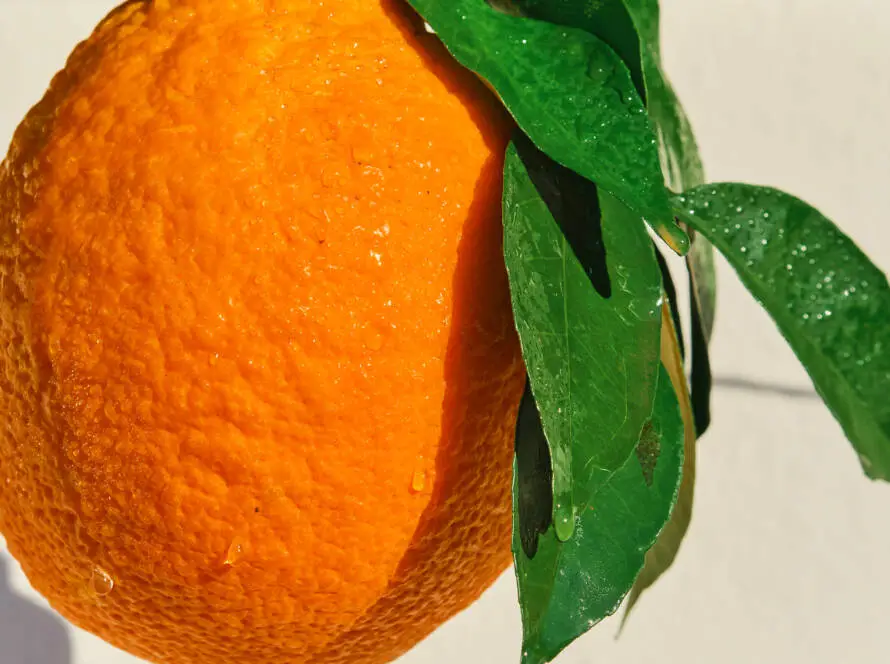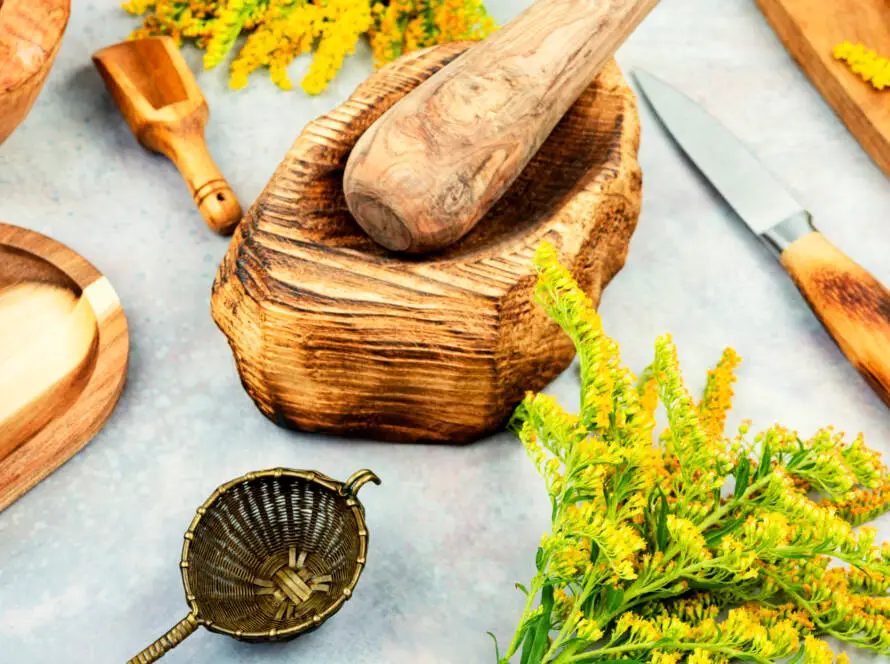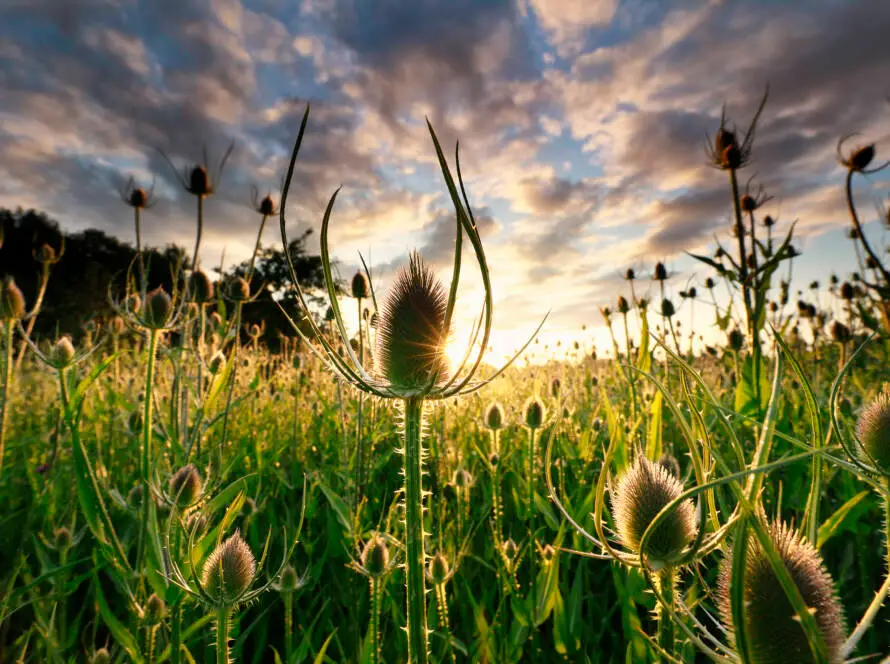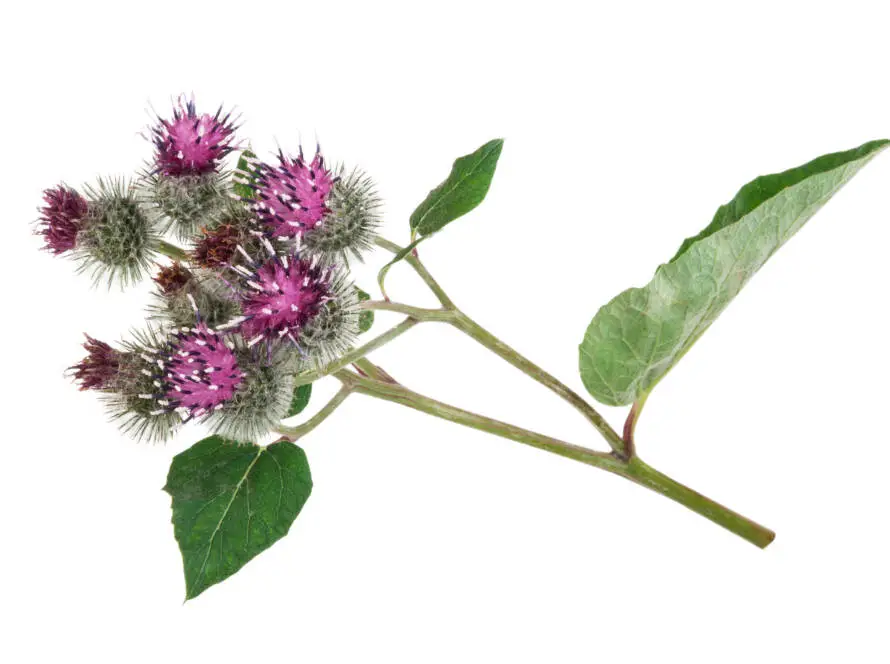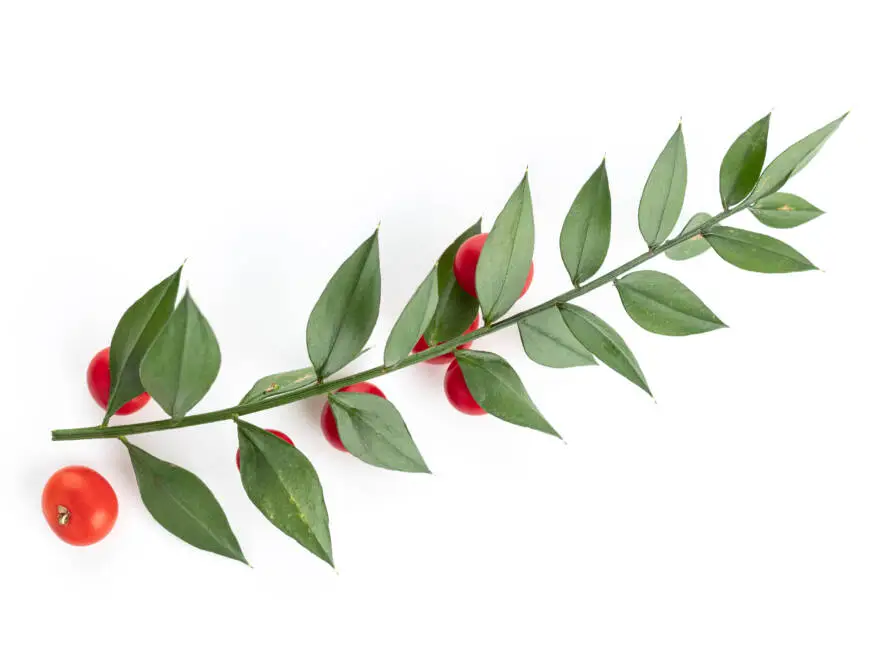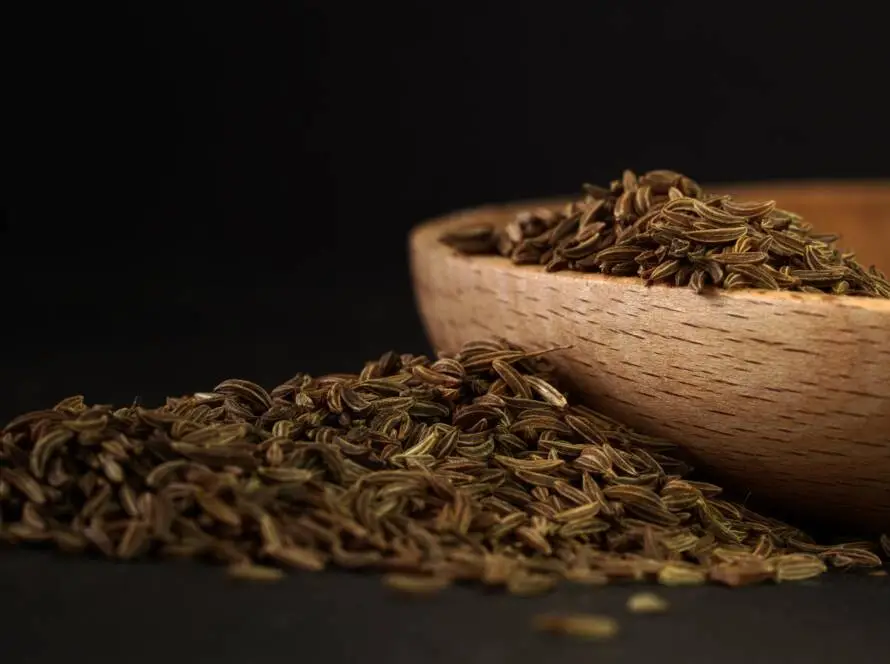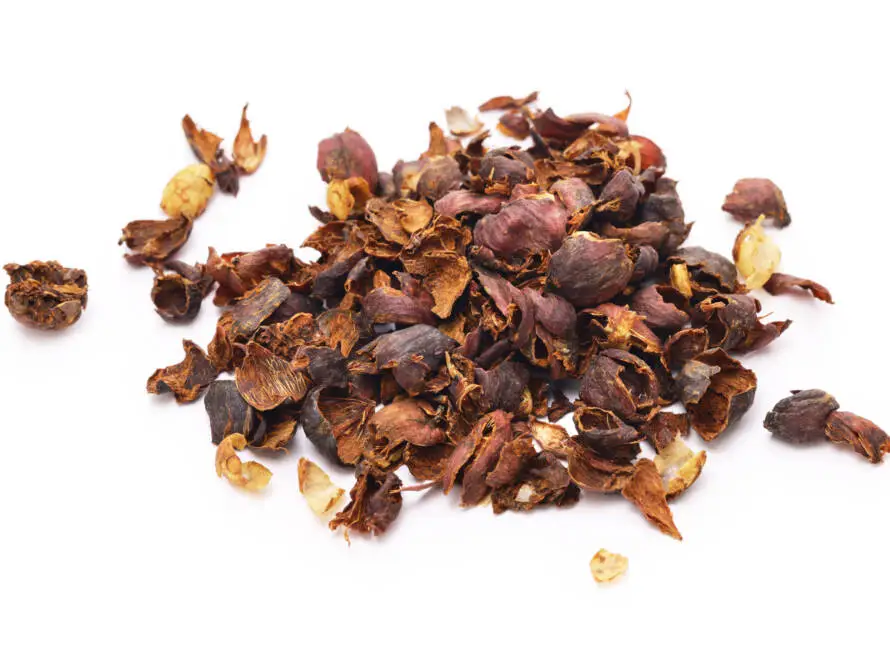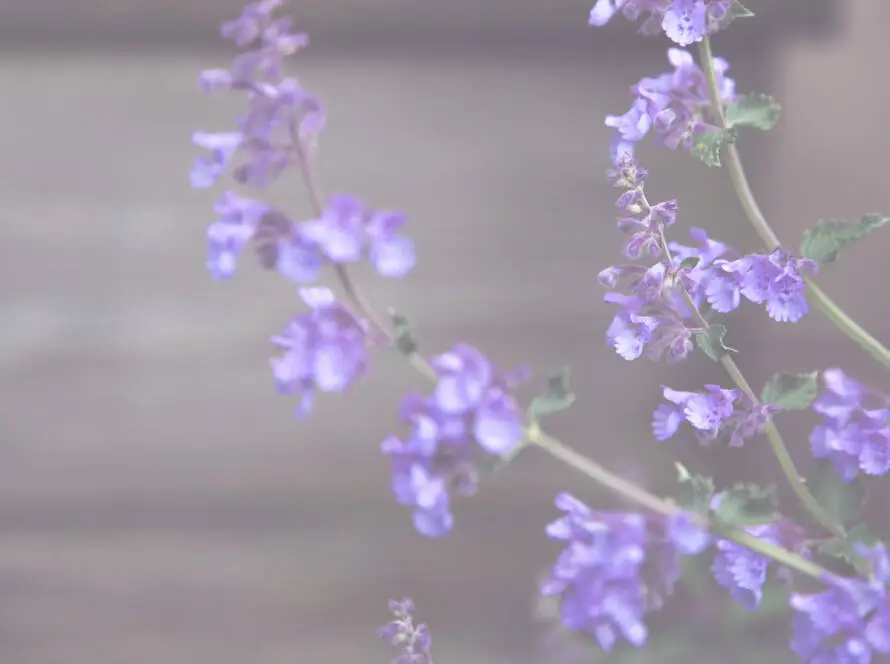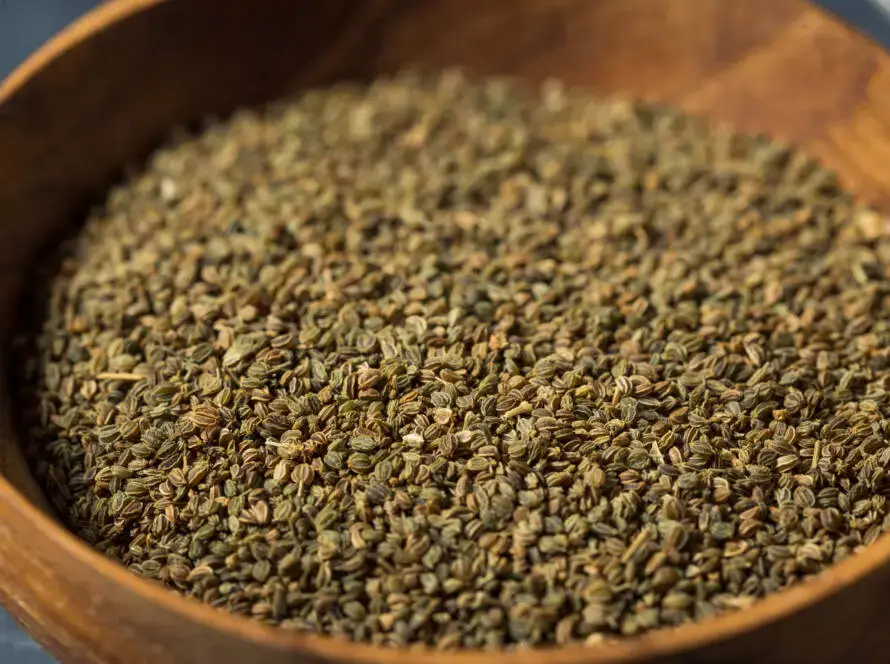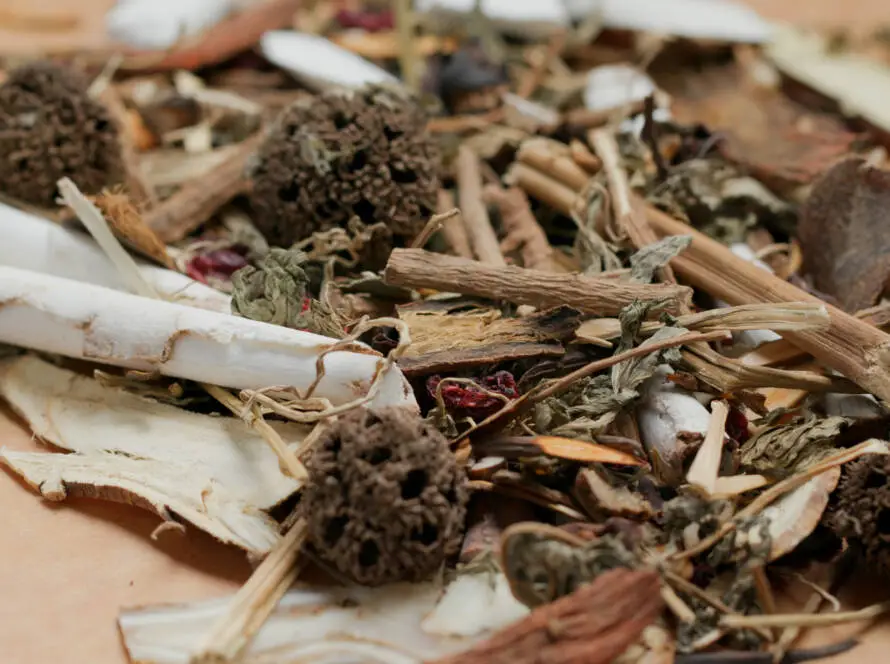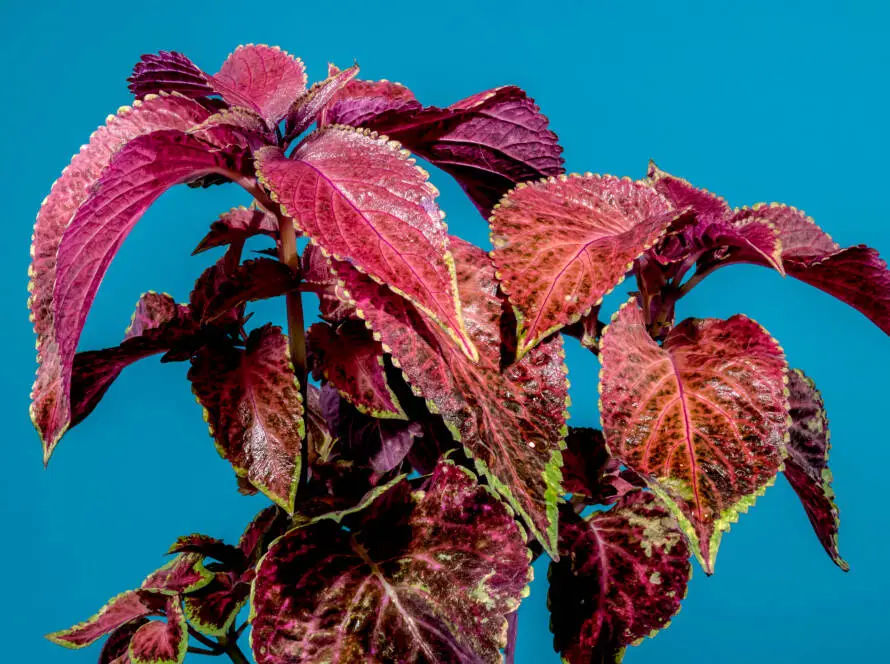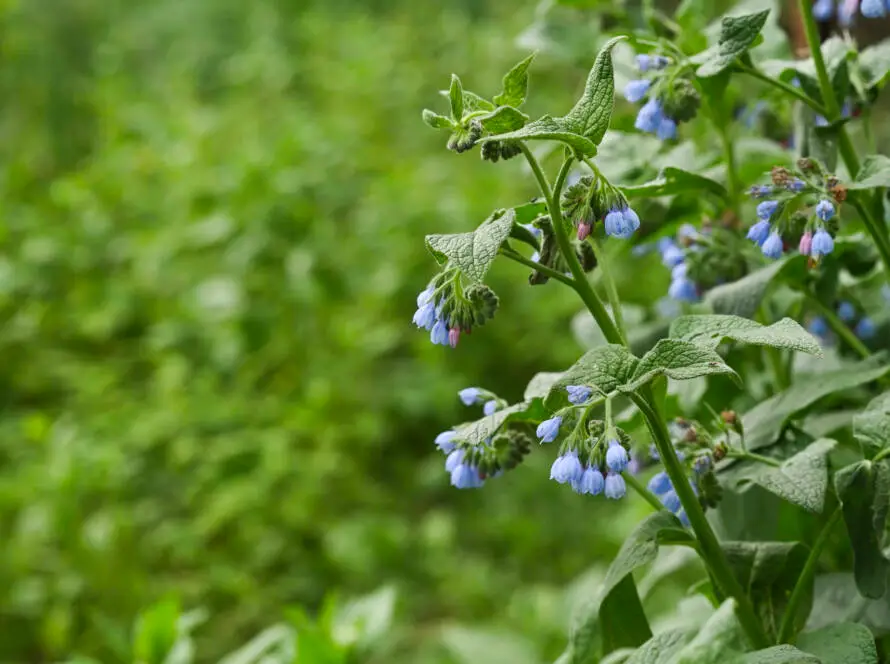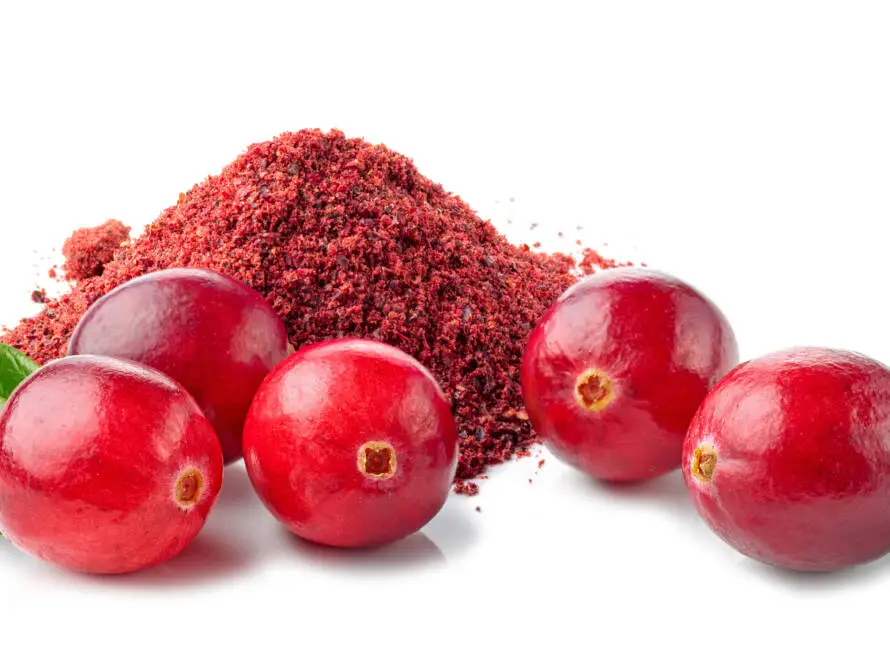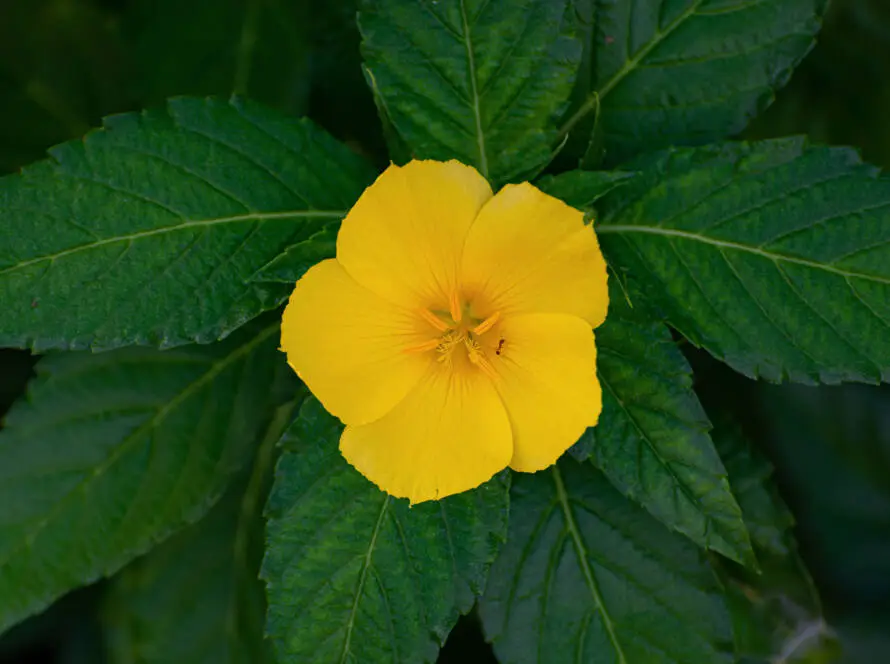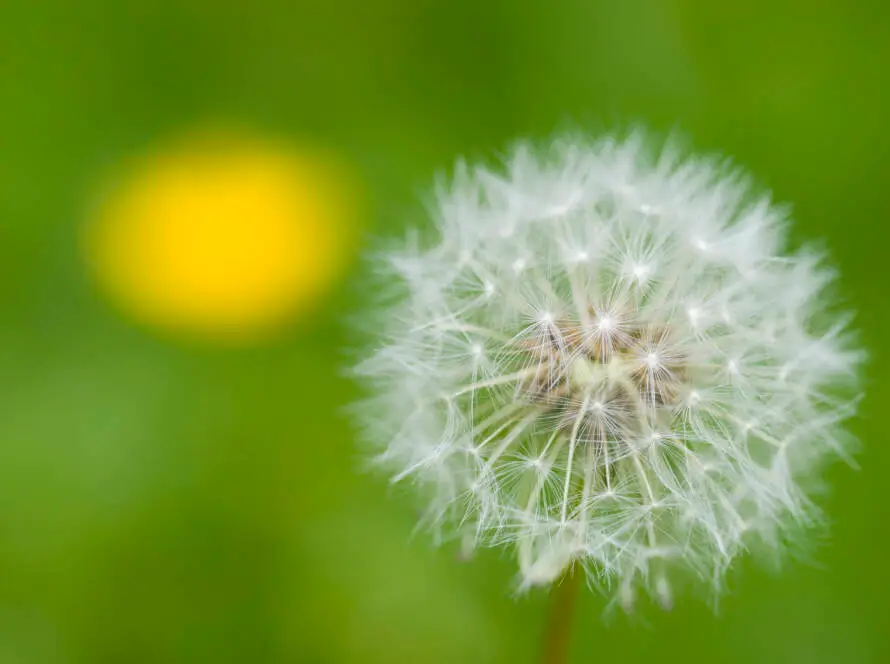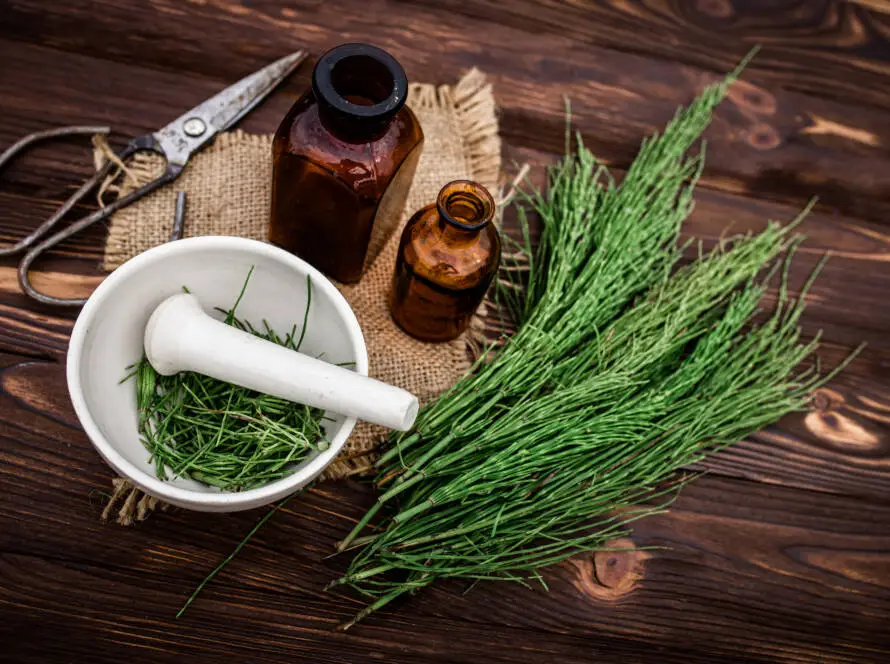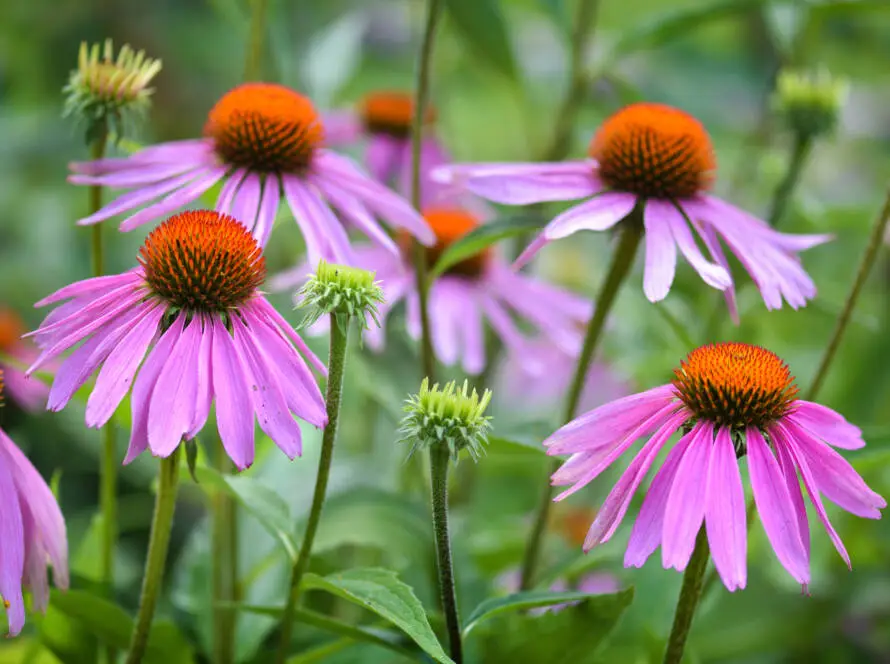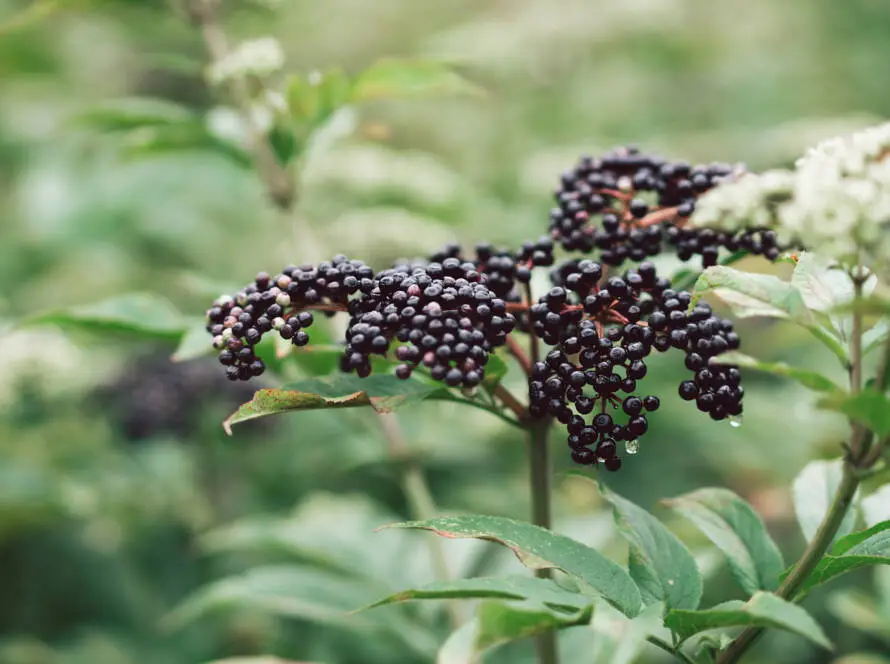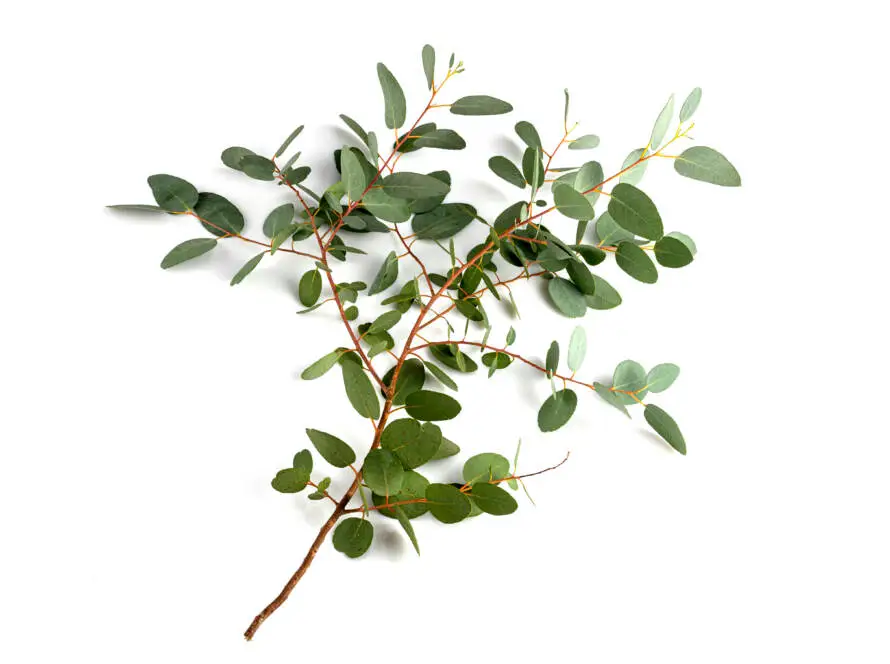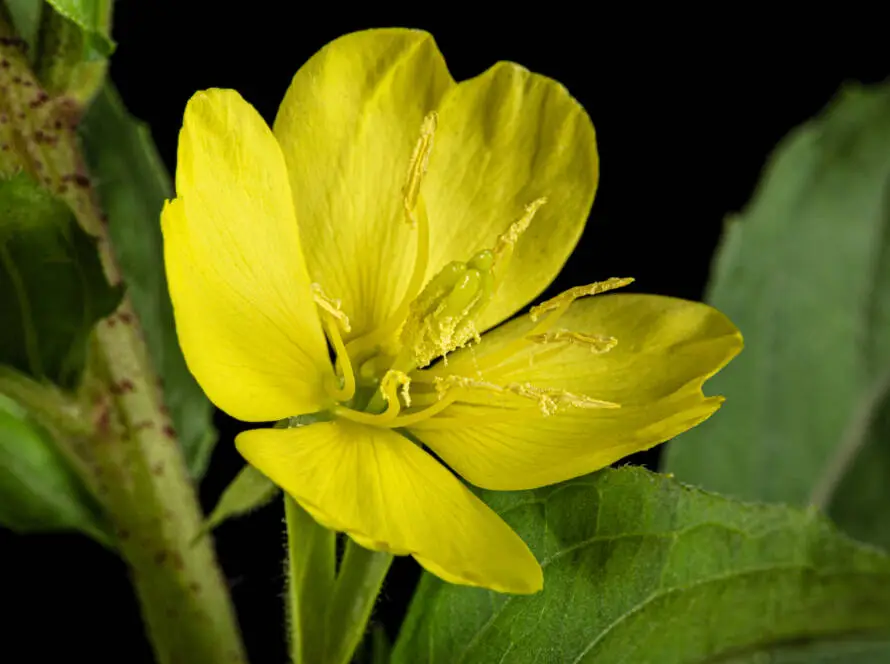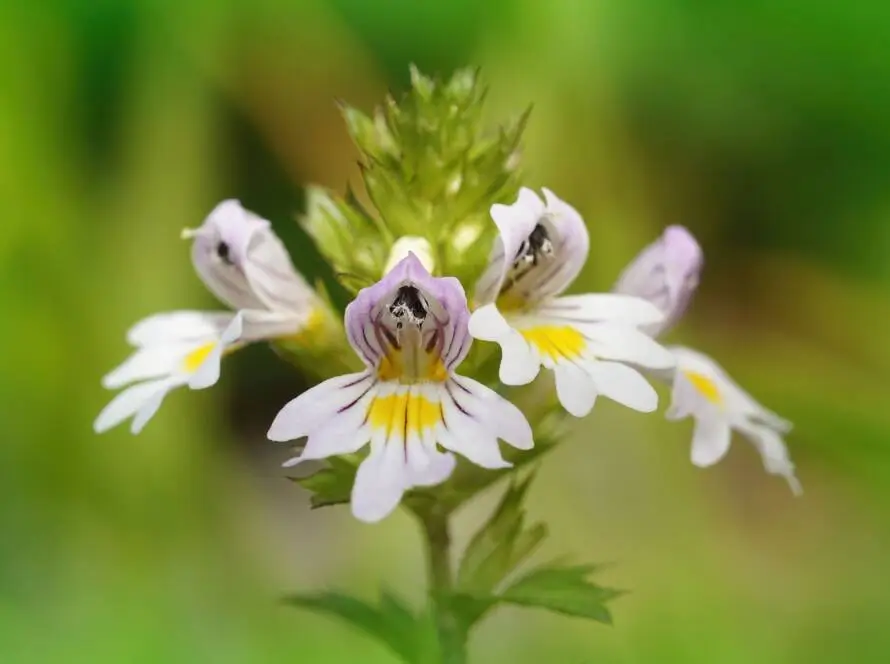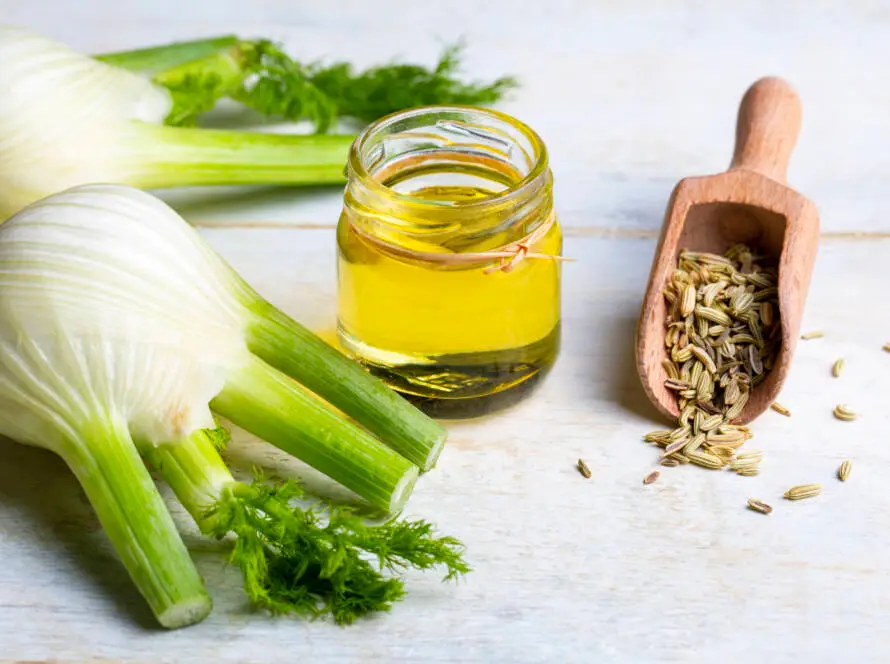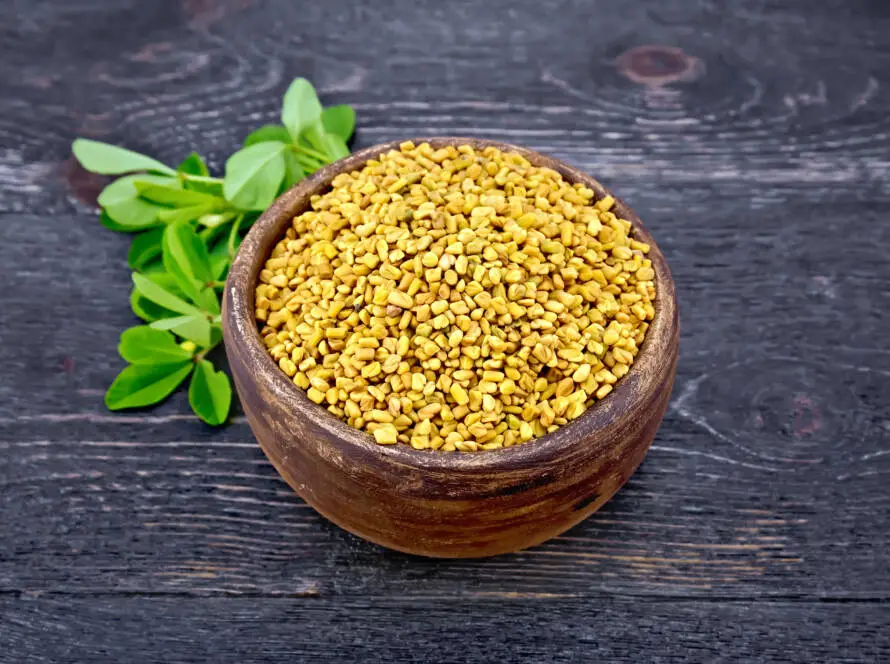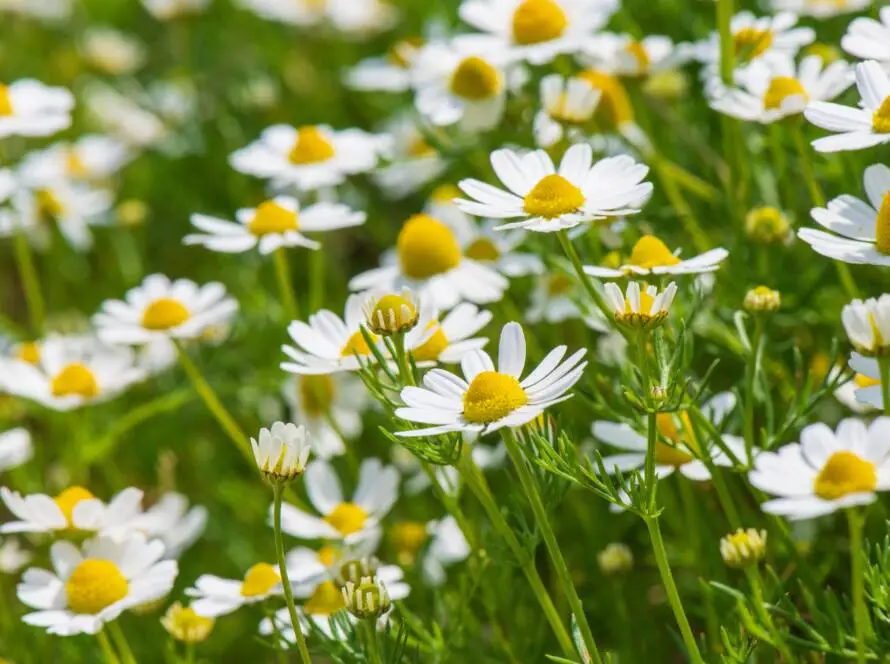“The greatest wealth is health.” Virgil
Mind, Body & Spirit


Healthy Living
Vibrant, vital, happy and healthy – this is the ideal state of life that virtually everyone wants to achieve, regardless of age. It’s doable, but the secret isn’t a cosmetic quick-fix. Rather, the best way to stay physically strong, healthy and full of optimism with each passing year is a daily investment in exercise that works with your body’s biological changes.
Food can make you healthier too-- if you make good choices. It can seem hard to make healthy food choices, particularly if you are on a budget and short on time. But there are some simple steps you can take to help you and your family eat healthier . . . Shop Smart and Eat Smart!!
- Move More
- Reduce Stress
- Keep a Positive Mental Outlook
Think before you eat. Only buy locally grown produce. The fruit or vegetable you’re about to buy may be great for you, but if you traveled thousands of miles to your local grocery store, it’s not great for the environment. Plus, buying locally means your purchase will support local farmers.
Cholesterol Levels
Something for Everyone
Natural Diuretics
Discover the benefits of natural diuretics and how they can help you achieve a healthier lifestyle. Diuretics promote detoxification, support hydration, and enhance overall wellness without harsh chemicals.
Herb Library
Harness the power of natural herbs and herbal supplements! Explore our directory to discover a wide range of herbs and their benefits. Whether you’re seeking culinary delights or health-enhancing supplements, our collection offers valuable insights to help you make informed choices. Start your journey to wellness with nature’s remedies today!
Chinese Herbs
Discover the power of Chinese herbs, where ancient wisdom meets modern wellness. Our carefully curated selection harnesses nature’s healing properties to revitalize your health and well-being. Explore the essence of herbal remedies and unlock a healthier you today!
“Your body is a temple, but only if you treat it as one.”
These numbers can vary based on individual health conditions and should be discussed with a healthcare provider for personalized advice.
Body Mass Index (BMI): A healthy BMI range is typically between 18.5 and 24.9.
Blood Pressure: A normal blood pressure reading is usually around 120/80 mmHg.
Blood Sugar Levels: A fasting blood sugar level of less than 100 mg/dL is considered normal.
Daily Water Intake: Aim for about 8-10 cups (64-80 ounces) of water per day, though individual needs may vary.
Physical Activity: Aim for at least 150 minutes of moderate aerobic activity or 75 minutes of vigorous activity each week.
Sleep: Adults should aim for 7-9 hours of quality sleep per night.

